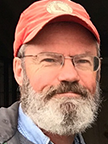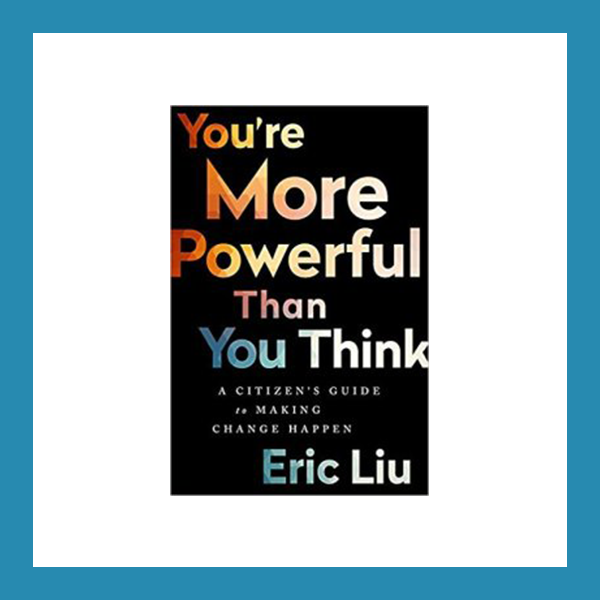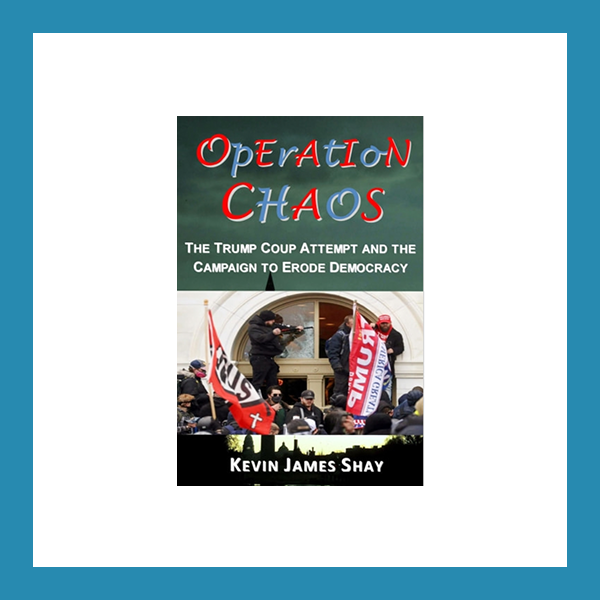Our Towns: A 100,000-Mile Journey into the Heart of America, by James Fallows and Deborah Fallows. New York: Pantheon Books. May 2018. ISBN: 9781101871843. 432 pages.
Author Note
Keith Morton, Department of Public and Community Service Studies, Providence College.
Correspondence regarding this book review should be addressed to Keith Morton, Professor, Department of Public and Community Service Studies, Providence College, Feinstein Academic Center 402, Providence, RI 02918-0001. Phone: (401) 865-1204. E-mail: kmorton@providence.edu
Book Review: Our Towns: A 100,000-Mile Journey into the Heart of America, by James Fallows and Deborah Fallows

When I first started reading James and Deborah Fallows’ Our Towns: A 100,000-Mile Journey into the Heart of America, I was expecting a mash-up of something like William Least Heat Moon’s Blue Highways and Frances Moore Lappe’s Rediscovering America’s Values—that is, a travelogue of stories of ordinary people doing extraordinary public work in ordinary places across the United States. I could feel my resistance to the book’s “look on the positive side” approach since, these days, I often have my guard up against what I perceive as the political and cultural erosion of hard-won public policies affecting people and places I care about. The title’s cute nod to Thornton Wilder’s 1938 play about Grover’s Corners only fanned my skepticism. As it turns out, I was partially right, but I was mostly wrong.
Our Towns is a travelogue, and it does tell a series of positive, place-based stories, gathered by this husband and wife team over four years of flying all over the United States. More than this, though, it is a book that offers a deliberate, grounded, and thoughtful counterpoint to the strident national narrative of an increasingly polarized, angry, and alienated citizenry.
The authors do mention Least Heat Moon as one of their inspirations, along with Tocqueville, Dickens, Twain, and other close observers of the “American experiment” at various points in time; indeed, they make clear the company they want to keep. They also focus on the positive—on possibility. Like John McKnight, with his stories of asset-based community development, they describe again and again the creative ways people identify, organize, and put to work their limited resources in challenging contexts to serve a public good. Describing the various ways towns and cities reinvent themselves after experiencing economic and demographic crises, the Fallows make a case for the power of place, the value of community, and “local patriotism.” In addition, they describe the consistent and central roles of public institutions, such as schools, libraries, and community colleges, in this reinvention.
The narrative structure of the book grows out of the authors’ descriptions of flying together across the United States in a small plane piloted by James. Their flights provide some chronological structure and a sense of the nation’s immense, diverse geographic spaces. Flying in a small, low-altitude plane also offers a metaphor for the focal length they adopt for observing the towns they visit—high enough to see wholes, systems, and to search for patterns, and close-in enough to recognize granular detail and explore how it fit into or revealed something worth knowing about the patterns and systems.
The Fallows are explicit in their introduction about what this choice of perspective revealed in sum:
By the end of the journey, we felt sure of something we had suspected at the beginning: an important part of the face of modern America has slipped from people’s view, in a way that makes a big and destructive difference in the country’s public life.
What they find in “our towns” is a vibrant and effective, if messy, public culture that stands in vivid counterpoint to the polarization, anger, and alienation of national discourse:
The point that comes back to us is the starkness of the contrast: on the one hand, the flattened terms—“angry,” “resentful,” “hopeless”—the language the media and politicians use to describe America in general; and on the other hand, the engaged, changing realities people understand about the places where they actually live.
As a cultural historian, I am skeptical of studies that want to focus only on the positive. I worry that telling half the story is a form of fantasy, or an invitation to minimize the persistent shadows of American history, such as racism, economic exploitation, and environmental degradation. This runs the risk of making the suffering experienced in parallel with the positive seem normal and acceptable. By the book’s end, though, the Fallows had won me over. They succeed in focusing on the positive without romanticizing it or ignoring the complicated and sometimes intractable social realities of the places they observe. For example, they cite historian Paul Starr in summarizing their perspective on the tension between democracy and economic inequality: “Democracy, [Starr] argues, finally depends on and is defined by the ability of political power to control strictly economic forces. Otherwise you’re talking about a nationwide corporation, not a country.”
I think of Our Town as a wonderful book for introducing students and community members—in high school civics courses, in “community engaged” courses at colleges, in local voluntary associations, in public leadership roles—to possibility and to a strong case that locates, explains, and validates the many small efforts in which they are involved. While partisanship and ideology matter, they are often peripheral to the solutions local communities pursue. As the Fallows observe, most communities that are losing population, emptying out and aging, welcome refugees and migrants, regardless of how they vote in national elections. Most communities are willing to take risks on bond issues that can finance public infrastructure—regardless of whether they are red or blue in national polls. Most community leaders, including those who run private companies, want to replace economies dependent on low-wage jobs with economies that provide a solid middle-class livelihood or better. Most recognize the importance of arts, crafts, and communal creativity as a lever for positive change. Most are pragmatic about histories of racism and oppression, and wish there were more accessible processes for remedying these legacies.
The book closes with a list of “10½ Signs of Civic Success” comprising a pattern common across the 29 or so places the Fallows describe at length. Many of these signs will be familiar to readers who work in place-making, community development, or civil society organizations. Community building, they argue, is not a recipe nor is it brought into being by doing certain things in a particular order. Community, the Fallows suggest, is a systems effect that people in particular places experience as the social, economic, educational, personal, and public dimensions of their lives come into closer alignment. All of the stories the Fallows tell are about successes that come after years-long heavy lifts by civic associations, local governments, educators, and leaders from the nonprofit and for-profit sectors.
Our Town is hopeful and sometimes inspiring, and it promises to be useful as a way to open up conversations with neighbors we might otherwise see as part of the problem, or not see at all. The greatest potential the Fallows point to, I think, is the power of what systems theorists call “connectivity,” finding ways to link otherwise disconnected pieces of a system so that the sum of the whole is greater than the sum of the parts. “There are a lot of more positive narratives out there—but they’re lonely and disconnected,” they write in closing. “It would make a difference to join them together, as a chorus that has a melody.”
Author
 Keith Morton is Professor and Chair of Public and Community Service Studies, and Director of the Feinstein Institute for Public Service at Providence College. He has worked in the areas of community development, community service, and community theory for more than 30 years. His teaching, scholarship, and community work focus on how we learn from experience, on service and nonviolence as practices of community building, and on the historic and present meanings of community and service in people’s lives. Much of his work is grounded in the Smith Hill neighborhood of Providence. His book, Getting Out: Youth Gangs, Violence and Positive Change, is forthcoming from the University of Massachusetts Press.
Keith Morton is Professor and Chair of Public and Community Service Studies, and Director of the Feinstein Institute for Public Service at Providence College. He has worked in the areas of community development, community service, and community theory for more than 30 years. His teaching, scholarship, and community work focus on how we learn from experience, on service and nonviolence as practices of community building, and on the historic and present meanings of community and service in people’s lives. Much of his work is grounded in the Smith Hill neighborhood of Providence. His book, Getting Out: Youth Gangs, Violence and Positive Change, is forthcoming from the University of Massachusetts Press.


